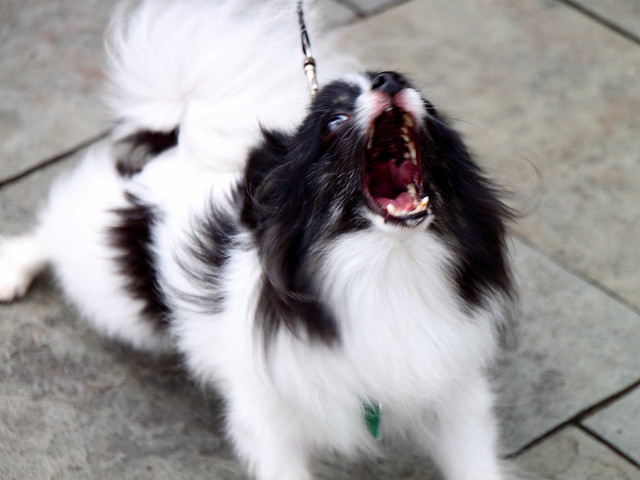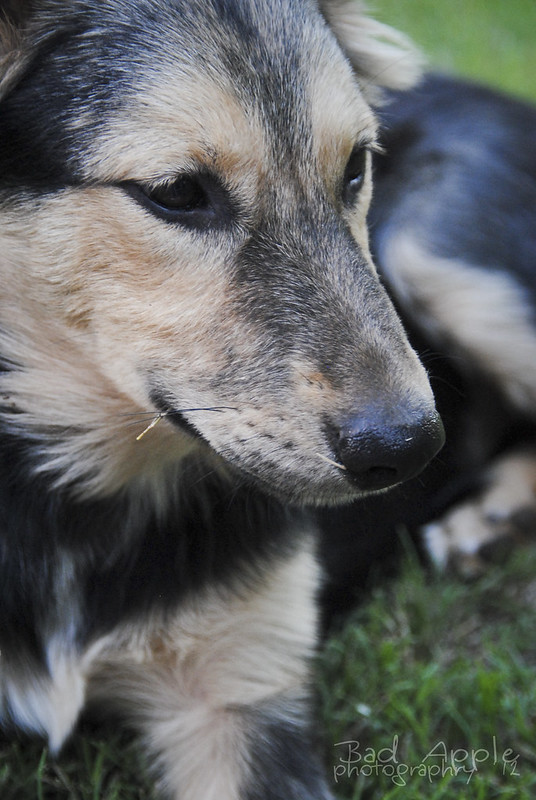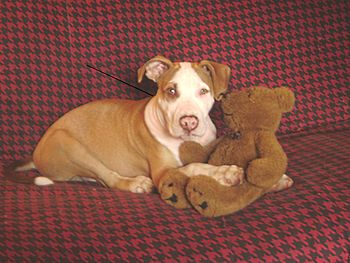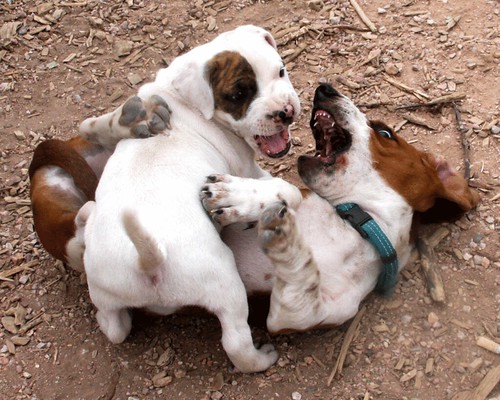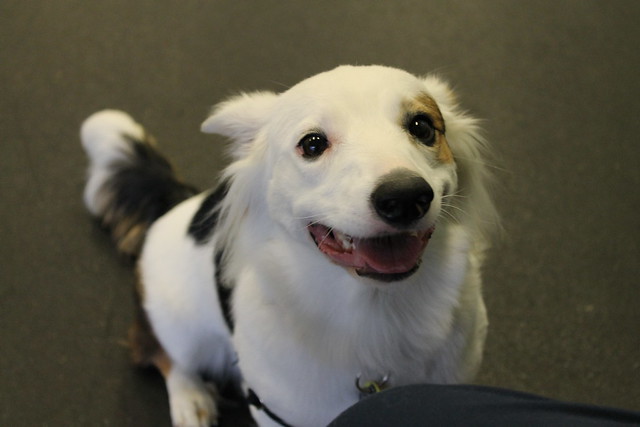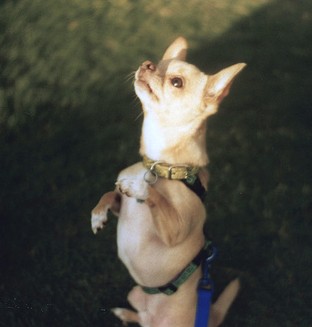 |
| Hunting Dog - Photo: Maxpixel |
Men rely on hunting dogs to retrieve their kills. Without them, the hunter will have to do all the work with no the assurance that they will be bringing something home at the end of the day. To make the work easier, the hunter requires the help of a well–trained hunting dog.
However, not all dog breeds could be adapted to hunting works and only specific training that promote hunting capabilities would bring out the best in a hunting dog.
But hunting dogs are not garden varieties that you could have whenever you want. They are trained and trained well for the demands of hunting. And oftentimes, training for the hunting dog breeds is a tedious and extensive process that requires knowledge and patience from the trainer and appropriate attributes from the dog.
What is the right breed?
As said earlier, not all dogs are fit for dog hunting. There are actually dog breeds specializing in this work and have a long history of the particular service for men. In short, they are well adapted to the kind of works usually needed in hunting.
A hunting dog which will respond best to training are breeds like retrievers, spaniels, and pointers- each of which has capacities that are unique to their breeds. It is up to the trainer to hone their capacities and use them for their right purposes.
In general, hunting dogs have an excellent sense of smell for tracking purposes. Also, hunting dogs should be fit for outdoor activities and could easily be conditioned for training. The best candidate for dog training on hunting is a dog that has all of the said characteristics. The most common choices as hunting dogs are Labradors, Beagles, Bloodhounds, and Dachshunds.
What dog to get?
One just can't get a full grown dog and expect him to respond well to training. The best choice is a puppy since it has just started forming its behavior. Also, you need a dog that has an affinity to his handler. This would not develop on its own. So you have to personally train your dog or at least train alongside your dog with a professional trainer.
What tasks are usually involved in the training?
There are six basic tasks that a good hunting dog should master. These are as follows:
a) Retrieving
b) Marking
c) Quartering
d) Shaking
e) Following hand signals
f) Steadying
What about gunfire and scent?
There are dogs that are sensitive or scared at hearing gun fires. So it has to get acclimatized through training. Typically, this is accomplished by conditioning the dog through a procedural way of introducing gunfire along with game birds.
This training will let the dog associate gunfire with a game. If the gunfire is heard, the dog will know that there is a game. After retrieving the game, the dog will expect the next gunfire.
On the other hand, tracking is based on following the scent. There is as much scent as there are games so be sure to train your dog on a particular scent. If you want him to hunt deer you should get him used to deer scent.
Dog training for hunting is much harder than other forms of dog training. However, if your passion is hunting you would undoubtedly require the services of a well-trained hunting dog.

